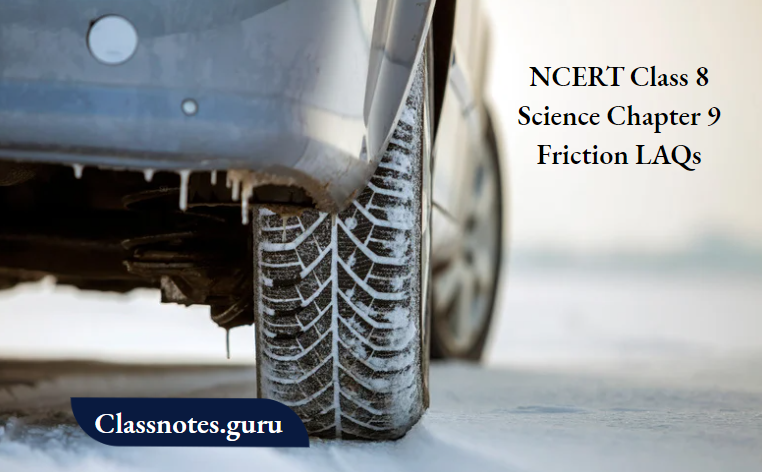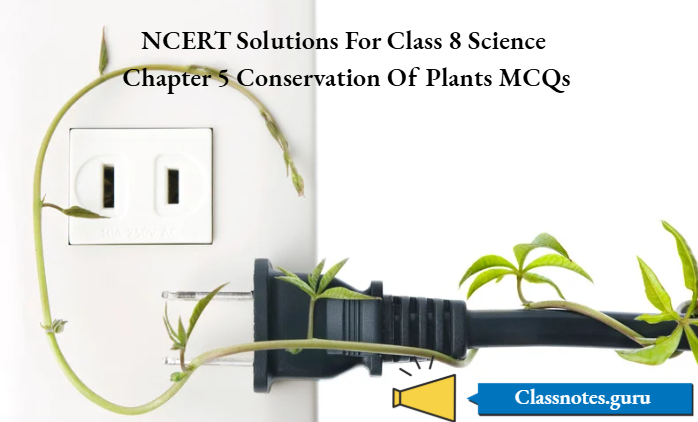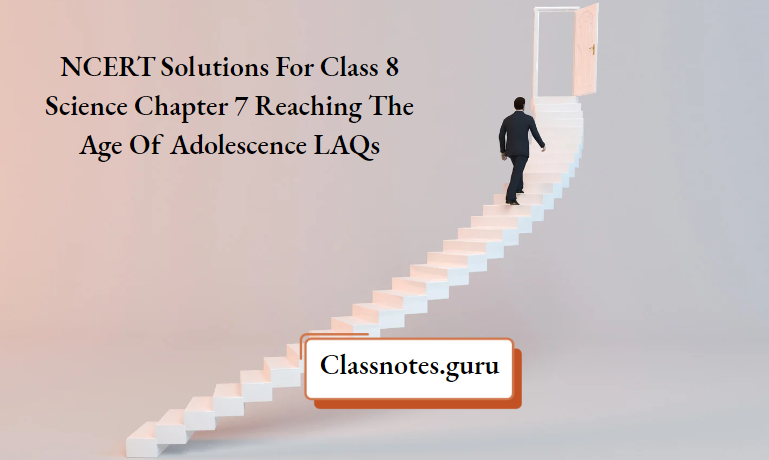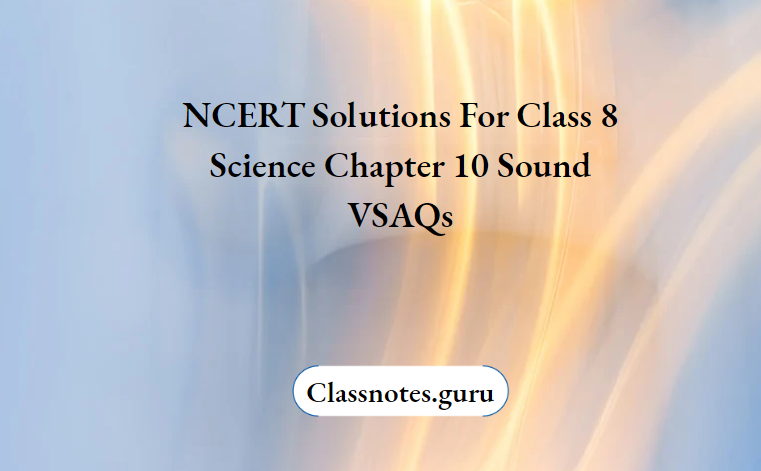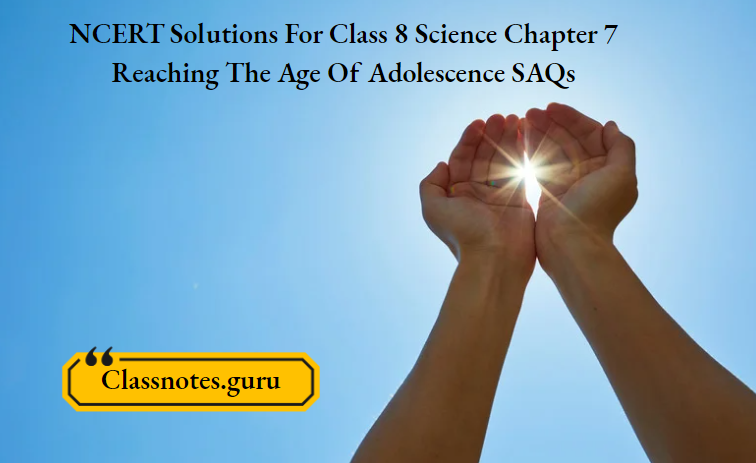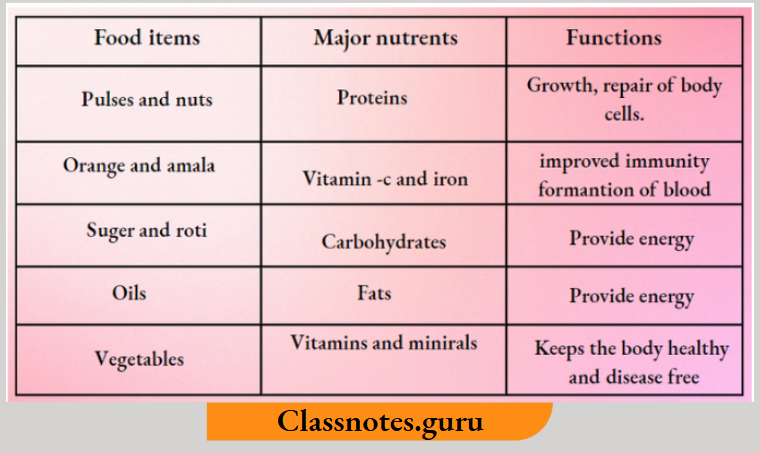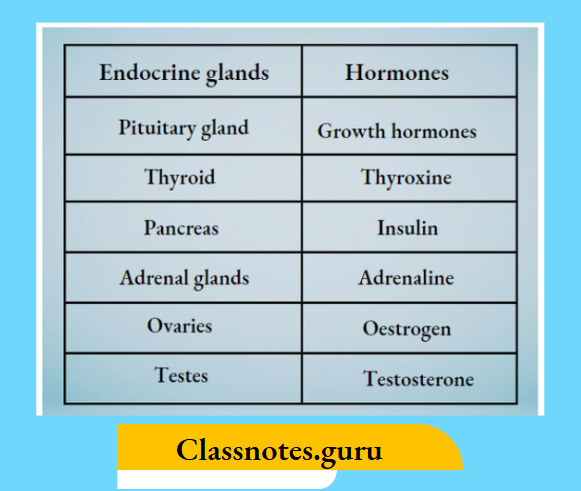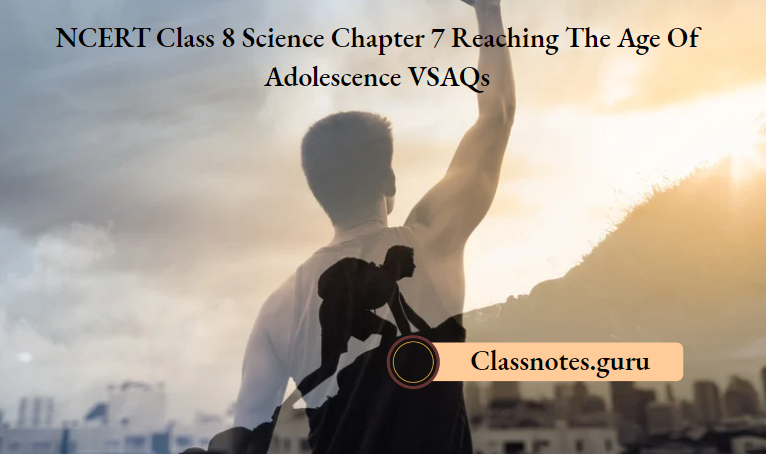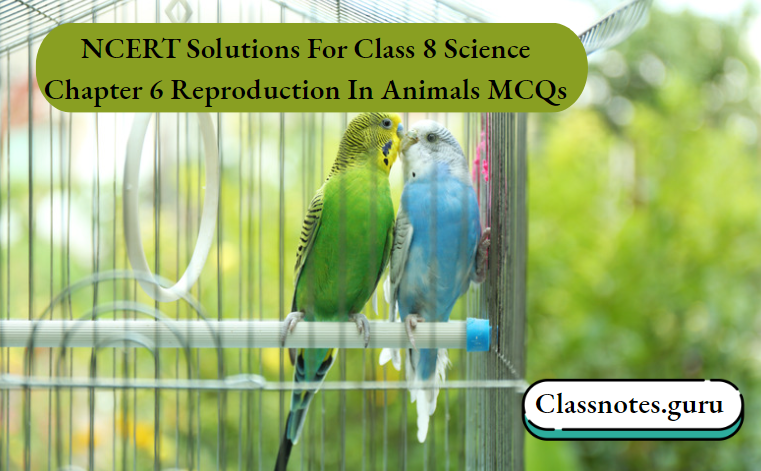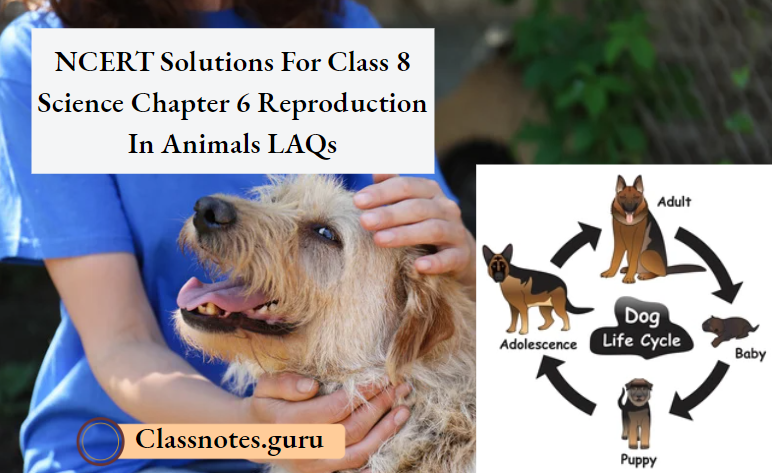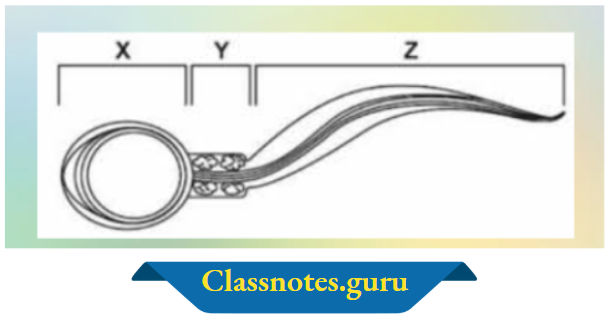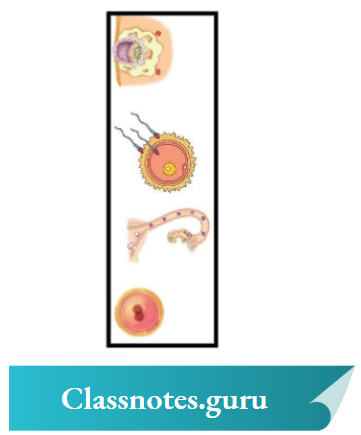NCERT Solutions For Class 8 Science Chapter 7 Reaching The Age Of Adolescence Multiple Choice Questions
Question 1. Which endocrine gland is attached to the brain?
- Adrenal
- Pancreas
- Pituitary
- Thyroid
Answer: 3. Pituitary
NCERT Class 8 Science Chapter 7 Reaching the Age of Adolescence MCQs
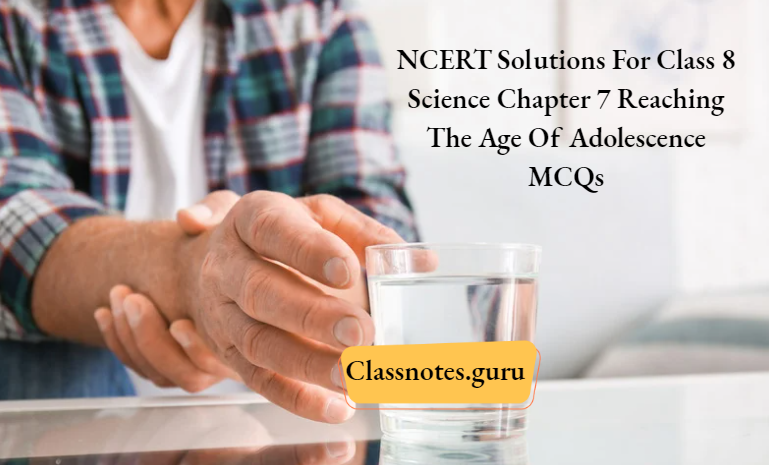
Question 2. Which choice appropriately distinguishes the roles of oestrogen and insulin?
- Oestrogen plays a role in the development of mammary glands, while insulin helps to control blood sugar levels
- Oestrogen plays a role in promoting the growth of facial hair, while insulin helps to control blood sugar levels
- Oestrogen helps to control blood sugar levels, while insulin plays a role in promoting the growth of facial hair
- Oestrogen helps to control blood sugar levels, while insulin plays a role in the development of mammary glands
Answer: 1. Oestrogen plays a role in the development of mammary glands, while insulin helps to control blood sugar levels

Question 3. The faulty functioning of an endocrine gland can make a person very short or very tall. This gland is
- Thyrouid
- Pituitary
- Adreied
- Pancreas
Answer: 2. Pituitary
NCERT Solutions for Reaching the Age of Adolescence Chapter 7
Question 4. What are the consequences of drug addiction?
- They can harm our body
- They can protect our body from infections
- They can enhance the body’s immunity
- They can make our body resistant to harmful organisms
Answer: 1. They can harm our body
Question 5. AIDS can spread from an infected person to another person through
- Sharing food
- Blood transfusion
- Sharing comb
- A mosquito bite
Answer: 2. Blood transfusion
Assessment Exercise Multiple Choice Questions
Question 6. What physiological changes take place in females during puberty?
- Development of a large voice box
- Development of hair on the face and chest
- The region below the waist becomes wider
- Shoulder broaden
Answer: The Region below the waist becomes wider
Question 7. During puberty, hormones are produced. What secondary sexual characteristics typically emerge when testosterone is released in males?
- High-pitched voice
- Development of Adam’s apple
- Development of mammary glands
- Growth of hair on the head
Answer: Development of Adam’s apple
Reaching the Age of Adolescence MCQs Class 8 NCERT Solutions
Question 8. Which of the following options correctly describes women’s menstrual cycle?
- The release of the fertilised egg from the uterus that occurs once a month
- The release of the unfertilised egg from the uterus that occurs once in 28-30 days
- The release of the unfertilised egg from the ovary that occurs once in 28-30 days
- The release of the fertilised egg from the ovary that occurs twice in a month
Answer: The release of the unfertilised egg from the ovary that occurs once in 28-30 days
Question 9. What would likely be the gender of a child if a sperm with Having Y chromosome fertilised an egg?
- A boy, as the unfertilised egg has one X chromosome
- A girl, as the unfertilised egg has one Y chromosome
- A girl, as the unfertilised egg has one X chromosome
- A boy, as the unfertilised egg has one Y chromosome
Answer: A boy, as the unfertilised egg has one Y chromosome
MCQs for Reaching the Age of Adolescence Chapter 7 Class 8
Question 10. Which of the following is not a hormone?
- Thyroxine
- Insulin
- Adrenal
- Insect hormone
Answer: Adrenal

